People & Programs
Better Computing Through industry Collaboration
TACC's Science & Technology Affiliates for Research program celebrates 10 years of addressing industry's needs
Through the Science & Technology Affiliates for Research (STAR) program, TACC serves as a partner to more than two dozen companies, ranging from Fortune 100 corporations to startups. STAR began in 2007 with three members — Chevron, Aramco and Dell EMC — and has grown to include 30 members from energy and engineering to computing and aerospace. TACC helps companies test new hardware, improve software, and do innovative research and development to gain a competitive advantage.

Aramco Services Company used Ranger to run their first-ever billion-cell simulation of an oil reservoir, and then interactively visualized the data from Dhahran, Saudi Arabia.
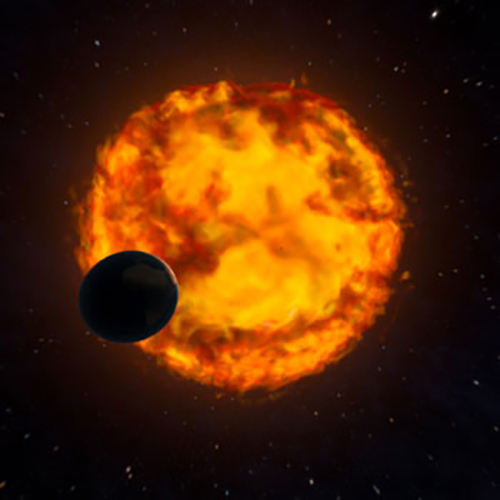
Using 1 million hours on Ranger, TACC partnered with the American Museum of Natural History to produce "Journey to the Stars," the most advanced planetarium show ever made.
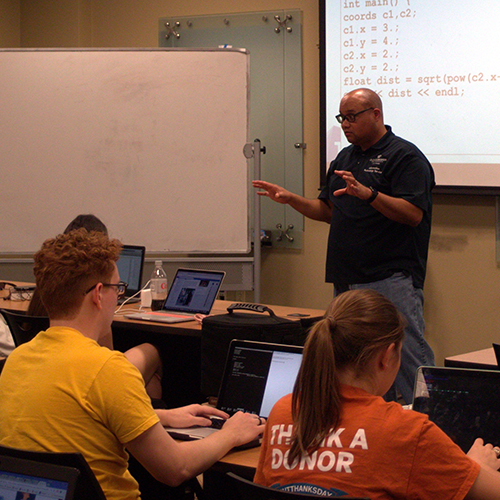
STAR partner Chevron funded the creation of a distributable version of TACC's Scientific Computing Curriculum, so that universities and HPC centers can fill the student pipeline across all industries.
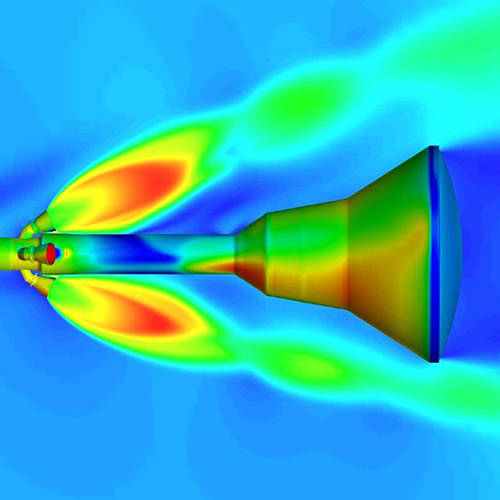
NASA scientists simulated the heat shield for the Orion capsule on Lonestar5 to better replicate the flight environment.
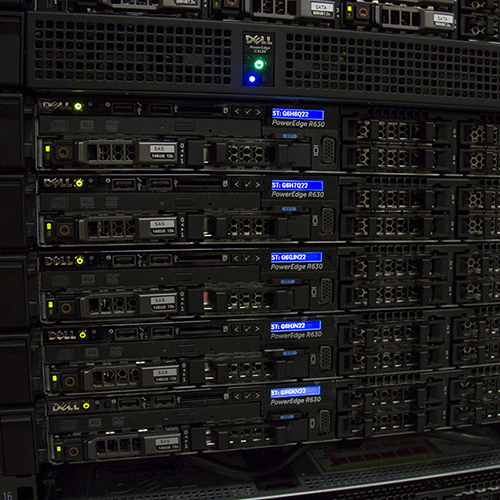
TACC and Dell teamed up to benchmark HPC applications and hardware, and provide a better understanding of cost-effective, standards-based supercomputer performance and scalability.
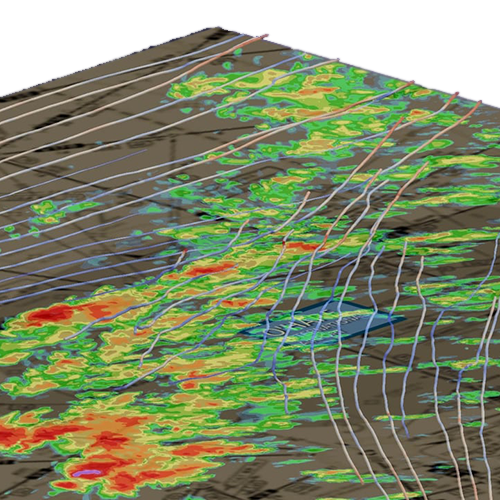
Raytheon, TACC, and the National Center for Atmospheric Research (NCAR) developed novel data management and visualization methods to improve high-resolution severe weather simulations around O'Hare International Airport.
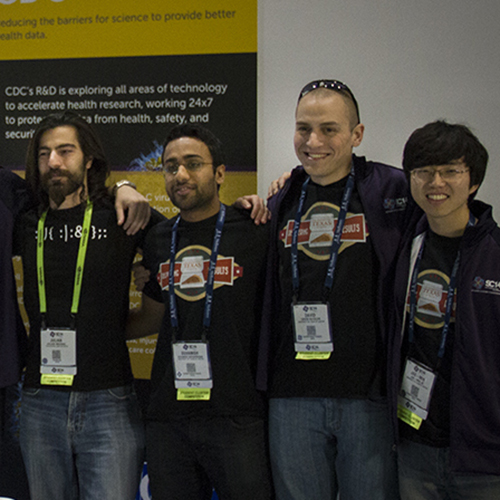
STAR partners have supported TACC teams competing in the Student Cluster Challenge at the annual supercomputing conference, SC, for multiple years.
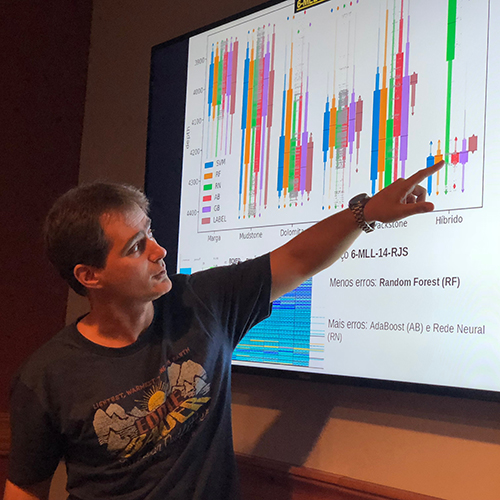
Engineers from Petrobras trained at TACC to apply deep learning techniques to oil field analyses.
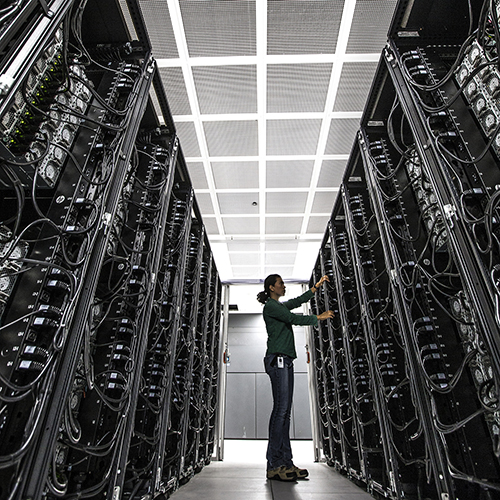
BP consulted with TACC to make their new data-center — which hosts the world's largest supercomputer for commercial research — more energy efficient.
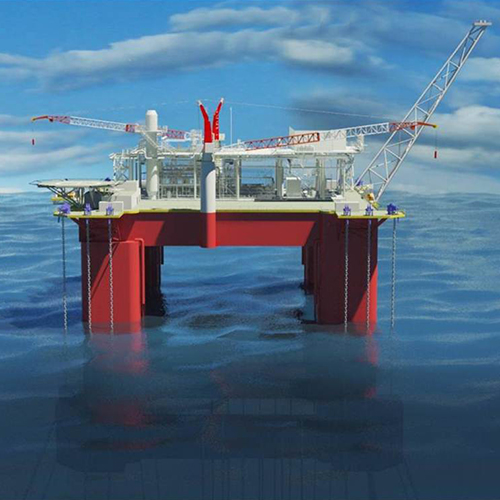
Technip, an oil services company based in Houston, used TACC's systems to improve the reliability, safety, and environmental quality of its offshore oil platforms.
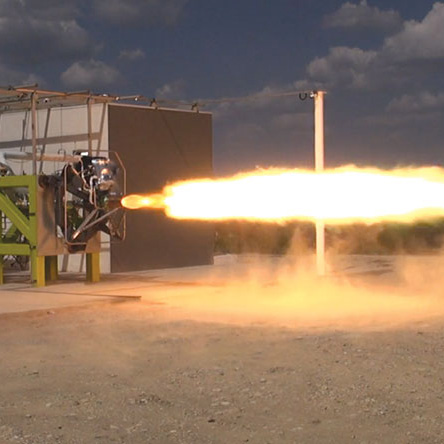
Firefly Aerospace used Stampede1 to model the material properties of their rocket engine designs and to analyze their performance during flight.
Learn more about the STAR program: useta.cc/star

